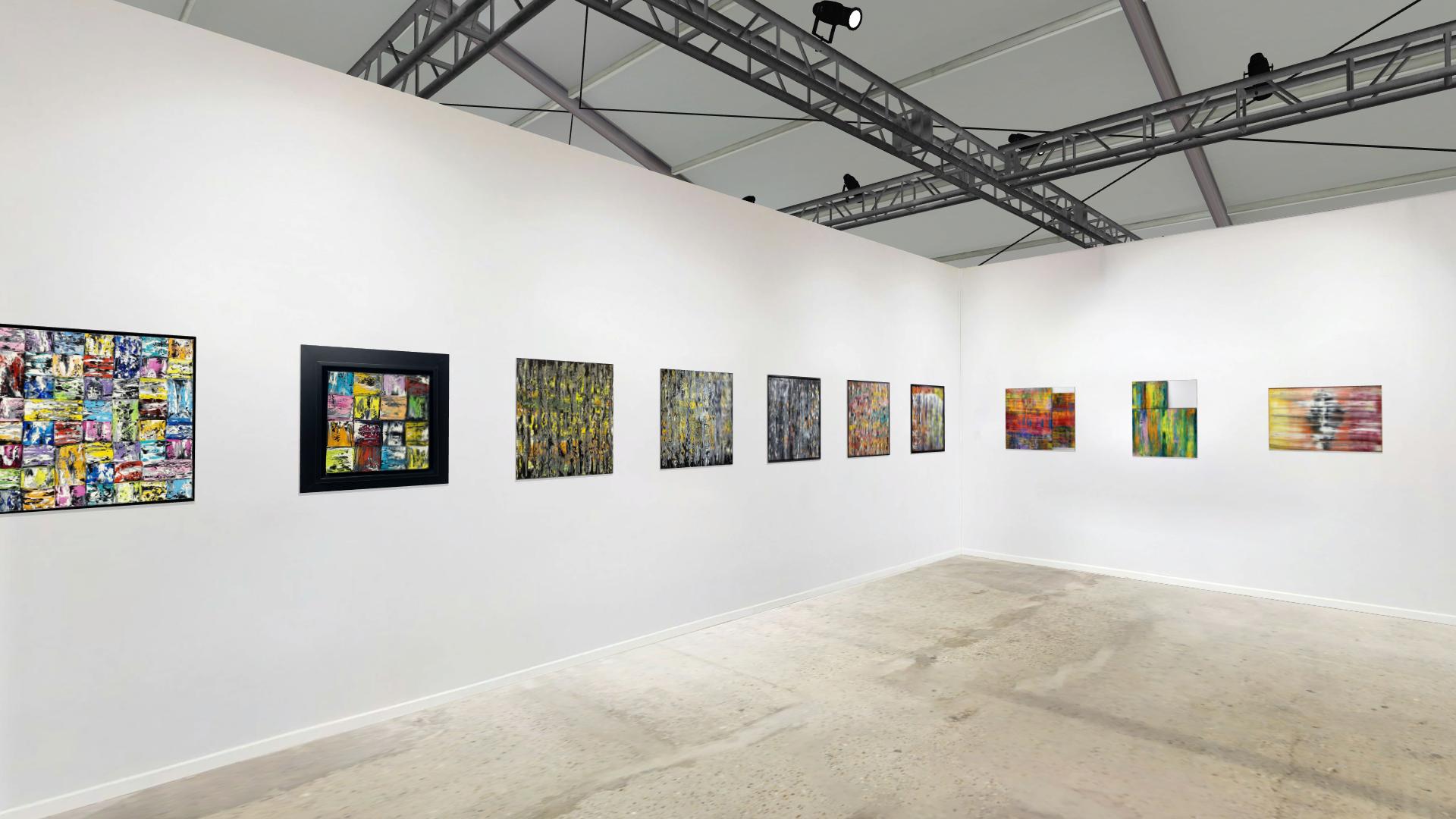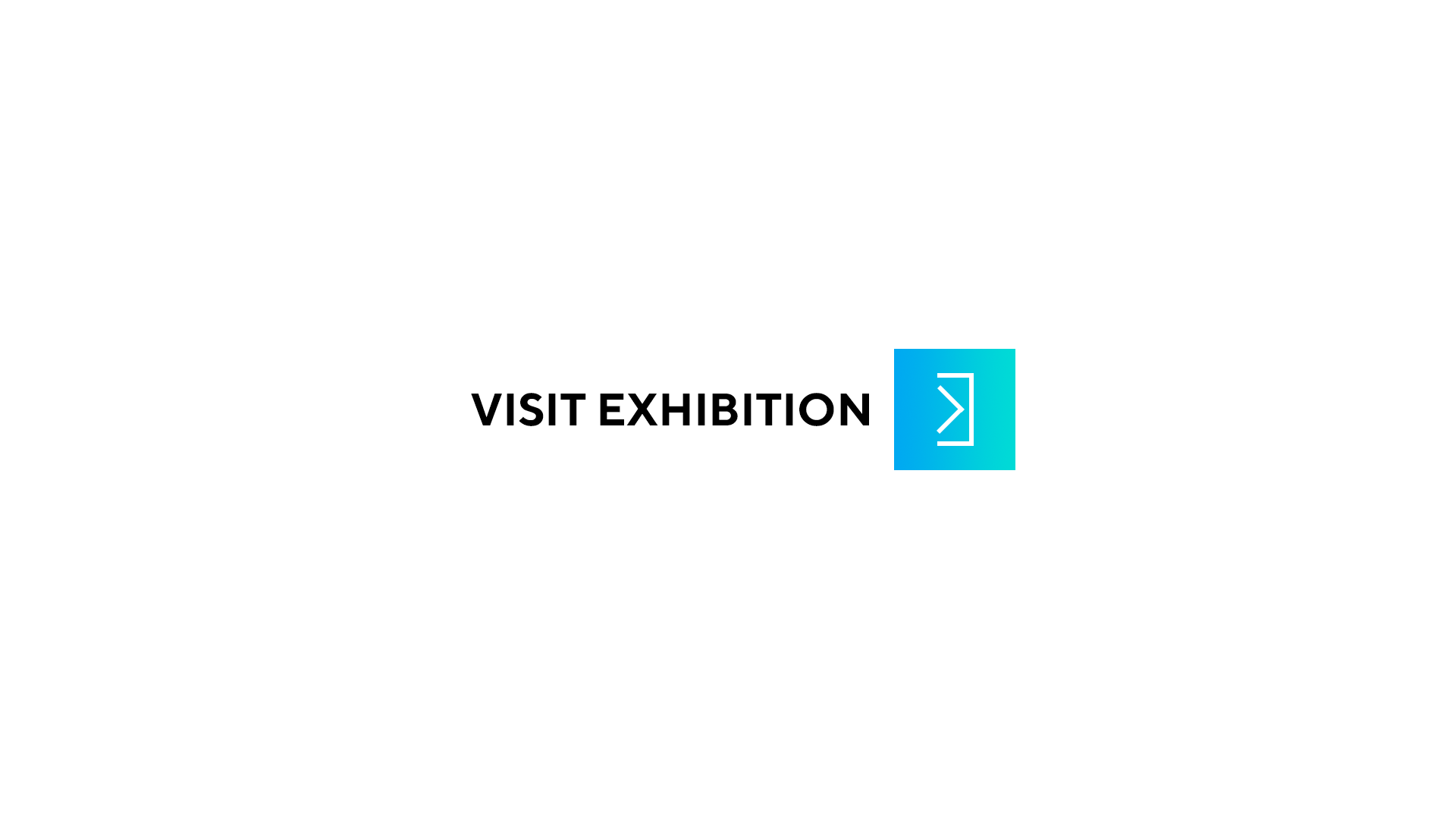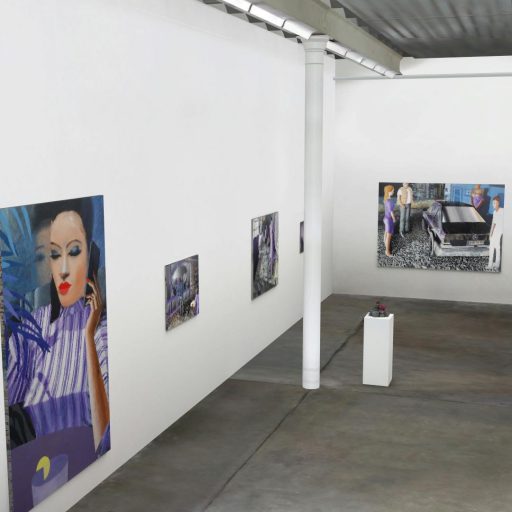

“Reality is not a matter of fact, it is an achievement; and it is rare. We live, most of us,
amidst lies, deceits, and confusions. A work of art may not utter the truth, but it must be
honest. It may champion a cause we deplore, but like Milton’s Satan, it must in itself be
noble; it must be all there. Works of art confront us the way few people dare to:
comp... more >> DIALOGUES WITH REALITY: PAINTING BY AUDREY KEEPERMAN
“Reality is not a matter of fact, it is an achievement; and it is rare. We live, most of us,
amidst lies, deceits, and confusions. A work of art may not utter the truth, but it must be
honest. It may champion a cause we deplore, but like Milton’s Satan, it must in itself be
noble; it must be all there. Works of art confront us the way few people dare to:
completely, openly, at once.”
William H. Gass, “The Artist and Society,”
The New Republic, July 27, 1968
. Achieving a specific visual reality has been the goal of Audrey Keeperman during her
career. It is not and cannot be her only goal, yet abstraction focuses upon this problem
in a singular manner. Once achieved, however, whether in art or in life, reality has a way
of evaporating, of becoming shopworn, less immediate and, finally, of being replaced by
a new reality. The form of abstraction present in Keeperman’s work indicates both the
speed and seriousness of the process. The rapid rate of change has little, if anything, to
do with the idea of innovation for its own sake. Rather, the condition of life in “Facebook
America” is such that it violates new verities and then discards them like used Kleenex;
the most profound sensations are valid only ephemerally.
If we are to consider abstract painting as a separate manifestation, then several,
preliminary comments must be made. Most importantly this art is not easily bound into a
single, stylistic mold. What is common to abstraction is its lack of subject matter and
identifiable objects. At the same time, however, there is a unity here which extends
beyond the temporal bounds of the 1960’s. Simply put, abstract art looks more like other
abstract art than it does like anything else, leading us to observe the Janus-like quality
of abstraction. On the one hand, it has a long history as a mode of vision, going back to
the early years of the 20th Century and the non-objective work of Kandinsky, Malevitch,
and Mondrian. On the other hand, abstraction today, especially as practiced by Audrey
Keeperman, seems to have freed itself from the patina of historical association and now
exists as a disturbingly contemporary form, giving rise to the paradoxical situation in
which the most traditional manner often has the most radical things to say.
One of the greatest problems in approaching Post Abstract Expressionist painting as
showcased in her work is to find ways in which abstract forms and paint handling may
convey meaning. With some abstract painting, such as that of most members of the
American Abstract Artists group of the 1930’s, meaning is unimportant. Post Abstract
Expressionists, however, according to their every claim, seek portentous content
through abstract forms. They wish to use an abstract language to reach a more
universal type of communication. Recently, Ms. Keeperman has been one of the most
talented and innovative practitioners of this style. Her paintings are not so much
demonstrations of some “action” principle as they are luminous signs of moments of
consciousness, moments which have their source in great depths and bear their own
mysterious charge of poetry.
Color is Keeperman’s greatest asset and the element above all else that makes her
work sing. WC12-1219 consists of 16 squares, each of which are multi-colored, abstract
paintings in their own right. This means that 16 compositions with intense colors are
pulsating away within the larger square of the composition. And yet, they are kept in
perfect – if lively – balance. Each abstract composition in this grid maintains a special
relationship with the form and the colors in its own square, relates beautifully with the
others in its section, and holds its own perfectly within the composition as a whole. The
gestural brushwork within the individual squares add its own particular quality to this
effect, for it manages to intrigue the eye just enough to add a tiny bit of visual
counterpoint. These brush strokes are emphatic and clearly defined enough to help
cushion the colors, and yet are not so precisely detailed as to isolate and separate them
from one another completely.
A close examination of the painted grid will reveal particularly important aspects of
Keeperman’s creative contribution to this field of expression. In these paintings we can
retrace the complex synthesis of her symbolic naturalism to its constituent parts, often
subconsciously assembled by the artist. She seems to be interested in how to present
an inner emotional state, in abstraction but related to nature.
Apparently, Keeperman believes strongly in her power of subconscious association. Her
final picture is the process arrested at the moment when what she was looking for
flashes into view. Her paintings contain layers of buried “colored mistakes”: An X-ray
would disclose crimes – layers of consciousness, of willing. In her paintings, Keeperman
relies on the Surrealist concept of automatism to bring forth pictorially these
subconscious associations. Practically, automatism means beginning the picture with a
kind of “doodling.” Theoretically, it carries the premise that multiple strata of the artist’s
psychology are present in every work. While the Surrealists espoused automatism
completely uncensored by the intellect, this artist uses it as a pictorial strategy to
capture, and then to objectify, emotional states over which she has greater intellectual
control. This more thoughtful procedure does not mean, however, that she feels herself
consciously aware of all the symbolic reverberations in a given work. The things in
Keeperman’s painting are intended to strike something that is an emotional
involvement, that has to do with the human personality and all the mysteries of life, not
simply colors or abstract balances. What happens on the canvas is surprising and
unpredictable to her; to her, the act of painting becomes the experience.
Linked to her interest in automatism is her concept of “after-image,” which she contrasts
to the rote imitation of source material. Keeperman accepts that she spontaneously
absorbs a wide range of visual and literary images. With only a little conscious
prompting, these images will re-appear in her work, altered and intermixed by the
subconscious in complex layers of color and form. Rich tones, reminiscent of
atmospheric conditions, contribute a chromatic intensity to this broadly conceived
impressionistic environment. Energetic paint strokes and stained smears evoke barely
contained natural forces that threaten to disrupt the rectangular zones that structure the
surface. By magnifying several natural elements, the artist is often able to describe her
natural environment – not how it looks to her, but how she felt about it as she painted.
Spontaneity is clearly visible in the uneven opacity of the paint that records the
movement of the brush and in the occasional drips of paint. A tension is generated by
the conflict between Keeperman’s approach and traditional painting and drawing. Line
occasionally models and defines edges and yet, in an ambiguous manner, loses touch
with form. Color areas move back and forth so that spatial relationships are never
clarified.
Her composite paintings have a more restrained though equally dynamic balance of
opposing forces: thinly painted areas versus thick impasto, hard edges versus irregular
broken contours, oppositions of intense hues and all tendencies toward deep space
constantly pulled back to the surface. She sees the picture surface consciously as a
responsive rather than an inert object, and painting itself as an affair of prodding and
pushing, scoring and marking, rather than simply inscribing or covering.
Keeperman’s paintings are occupied with breaking through the linear continuum by
isolating forms of a shape that would repel each other, then relating them to a slightly
felt scaffolding and an irrational meandering line. The adjustments of opposites in the
painting – closed form versus open line, clear definition versus ambiguity and, most
significantly, chance versus deliberate manipulation – constitutes the core of her art.
Several, veiled layers of content may be examined through the paintings in her oeuvre.
Using her works of art as “visual culture dishes,” we can observe the manner in which
Keeperman combined her inherent sensitivity to the paint medium, color, “after- images
of nature” from a wide variety of sources, and literary analogy into unique, personal
statements.
Audrey Keeperman’s paintings achieve a new synthesis of formal elements and
content, and thus make more explicit her conviction of the interaction among like,
nature, and abstract art. Her use of the expressive potential of the large painted canvas
propels her toward a content that is both powerful and naively emotional. The animated
surface of the painting conveys a sense of endless harmonic rhythm, which extends
beyond the confines of the picture’s actual edges.
For artists like Audrey Keeperman, the canvas becomes an arena large enough in
which to lose oneself. Her painting exists as a gestural record of the artistic process at a
particular instant, regardless of how long it takes actually to complete the picture. In
effect, her painting is painting about the act of painting. The emphasis is upon the
exploitation of accident, the interrelationship of complex parts, the purely physical
manipulation of pigment, and the creation of significant gesture. Keeperman’s
brushwork, that is, her “handwriting,” is considered as personal and as inimitable as an
ordinary person’s signature. In examining and experiencing her painting, both critic and
novice are faced with the task of finding calm in seeming frenzy, and of discovering
order in apparent chaos.
George S. Bolge
CEO, Museum of Art - DeLand










